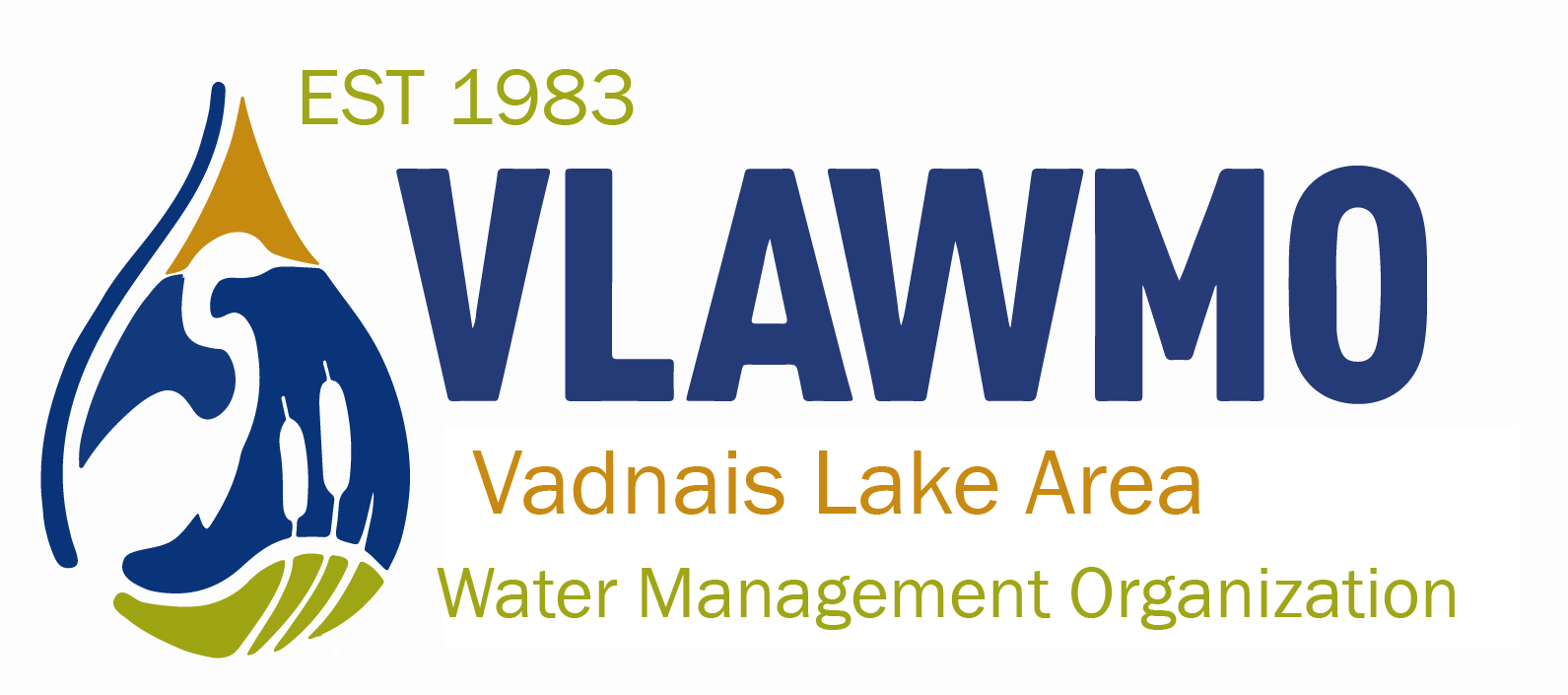Aquatic Vegetation Reports
VLAWMO studies its lakes every few years, according to a cycle outlined in our 10-year watershed plan. This year with the help of the Ramsey County Soil and Water Conservation Division, we completed aquatic vegetation reports for Goose, Birch, and West Vadnais lakes. These reports give us a snapshot of a lake's health, and equip us with tools in lake management for the future.
How does aquatic vegetation connect to lake health?
Aquatic vegetation is important to lake health for a variety of reasons. Unlike a swimming pool lined with tiles, shallow lake beds are supported by vegetation and root systems. For shallow lakes with depths of under 15', vegetation holds the sediment and nutrients at the bottom, preventing it from circulating through the water. This is important for shallow lakes because, unlike deep lakes, they are constantly circulating or "turning over." Wind and wave action, as well as incoming stormwater runoff, stir up the lake and its contents. When the lake bed is supported with vegetation, the lake has a line of defense to maintain its structure and water quality. When organizations like VLAWMO study the vegetation, we look for abundance, types, and diversity of vegetation to determine a lake's status and needs. Is it full of aquatic invasives, requiring a treatment effort? Does it have diversity to support a healthy fish community? Are there bare, open areas that have no vegetation at all? Does a bare spot in vegetation coincide with incoming runoff sources? These questions help us understand how the lake has responded to its surroundings and hint at what we can do to support its improvement.
If a shallow lake has little to no aquatic vegetation, algae takes advantage of the available light and nutrients. Unlike vegetation, algae floats freely in the water and can grow when nutrients and temperature are favorable. With little stabilization on the lake bed, nutrients and sediment act as fuel for the algae, keeping the lake stuck in a murky water, low vegetation state. See below for a video that shares more on shallow lakes and their delicate balance.
This year's aquatic vegetation studies are interesting because they show both ends of the shallow lake spectrum. Goose and West Vadnais are State-listed as impaired lakes and are stuck in a murky water, low-vegetation state. Birch Lake is in a clean-water state, with a healthy vegetation community. Because each lake is unique, VLAWMO is pursuing different treatment options to improve Goose and West Vadnais while keeping Birch stable where it's at. These options include:
- Invasive carp research and removal in West Vadnais.
- Possible alum treatment in East Goose Lake. Read more.
- Monitoring of Birch Lake's aquatic vegetation to ensure that annual vegetation harvesting doesn't show signs of flipping the lake into a murky-water state.
- Installing a sand-iron filter to treat nutrients in stormwater runoff flowing into Birch Lake (2020).
- Encourage community strategies to reduce incoming nutrients around all lakes. Read more.

